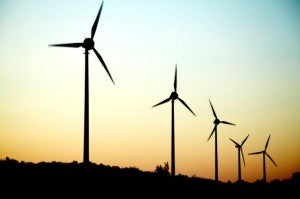 If you drive around the Lone Star State, you’re sure to see bumper stickers that say, “Texas: Bigger than France.” It references an ongoing debate about which “country” is bigger (something Texans feel very strongly about), but a closer look (aka, a quick Google search) reveals Texas and France are roughly equivalent in size. This, however, is where the similarities end – at least until recently.
If you drive around the Lone Star State, you’re sure to see bumper stickers that say, “Texas: Bigger than France.” It references an ongoing debate about which “country” is bigger (something Texans feel very strongly about), but a closer look (aka, a quick Google search) reveals Texas and France are roughly equivalent in size. This, however, is where the similarities end – at least until recently.
Earlier this summer, France and the rest of Western Europe were in the grips of a record-breaking heatwave. Texans are certainly no strangers to crippling heat, even if we have been enjoying a relatively mild summer (so far) with regular spring and summer rains. But one year of El Nino climate patterns does not mean Texas is in the clear. Nor does it mean one abnormally hot summer in France is the last one they’ll see.
Global climate change predictions show that extreme heat and drought are on the rise, meaning both Texas and France increasingly need to consider water in their energy decisions. Why? Because as temperatures increase, so will our energy demand, which means an increase in demand for water, too.
Both France and Texas are facing some tough times ahead based on climate models, but their responses are very different. Read More











 Cowboys, frontier grit, accented English, and wild, wide open spaces are just a few of the similarities shared by Texas and Australia. Both places also have an energy-water problem. But, the good news for Texas is that it’s not too late for us to learn from Australia’s mistakes – and a few successes, too.
Cowboys, frontier grit, accented English, and wild, wide open spaces are just a few of the similarities shared by Texas and Australia. Both places also have an energy-water problem. But, the good news for Texas is that it’s not too late for us to learn from Australia’s mistakes – and a few successes, too.

